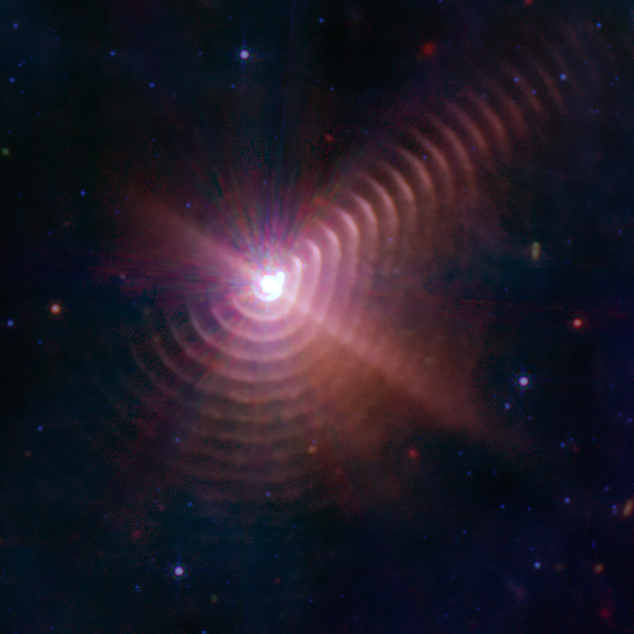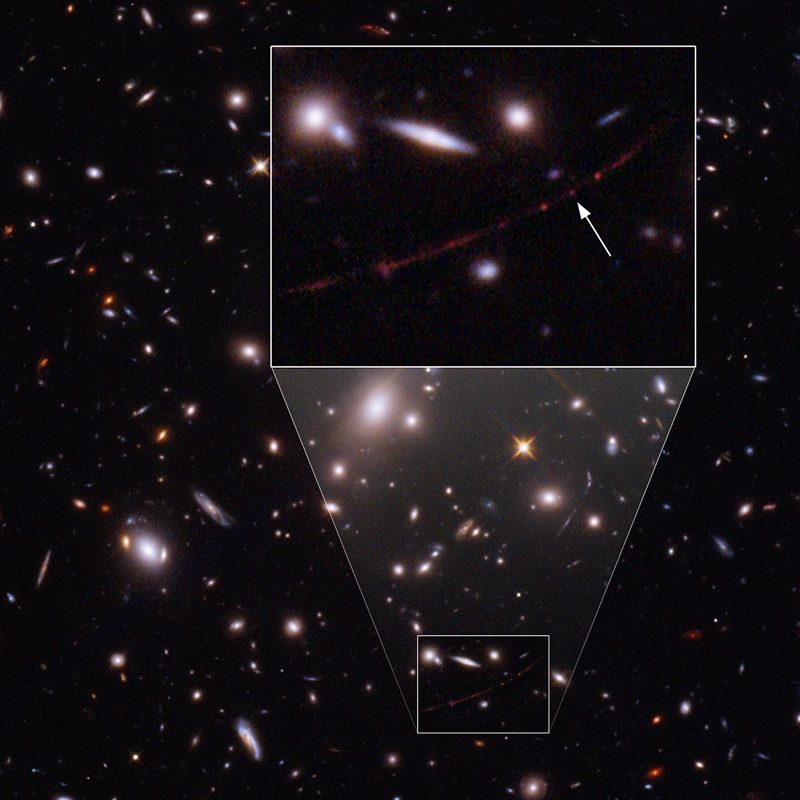Cosmic Cloud Has “Heartbeat”

A decade’s worth of data from NASA’s gamma-ray space telescope has revealed a “heartbeat” at the center of a cosmic gas cloud which seems to be beating in sync with a neighboring black hole located 100 light years away. The revelation comes from the space agency’s study of a system called S 433, which is home to “a giant star that is about 30 times the mass of our sun as well as a huge black hole.” Every 13 days, the star and black hole orbit each other, resulting in the black hole sucking up matter from the star. This doesn’t result in the material disappearing, but rather it “shoots out at high speed in two narrow jets in opposite directions,” researcher Jian Li says. These two jets are on their own schedule too, and “sway over a period of about 162 days”—which proves to be the same rhythm as the cloud’s “heartbeat.” While there’s a connection, researchers cannot figure out exactly why. Li explains, “Finding such an unambiguous connection via timing, about 100 light years away… not even along the direction of the jets is as unexpected as amazing. But how the black hole can power the gas cloud’s heartbeat is unclear to us.” Read the full article at The Independent.
Image courtesy of DESY, Science Communication Lab
Via independent.co.uk link opens in a new window












